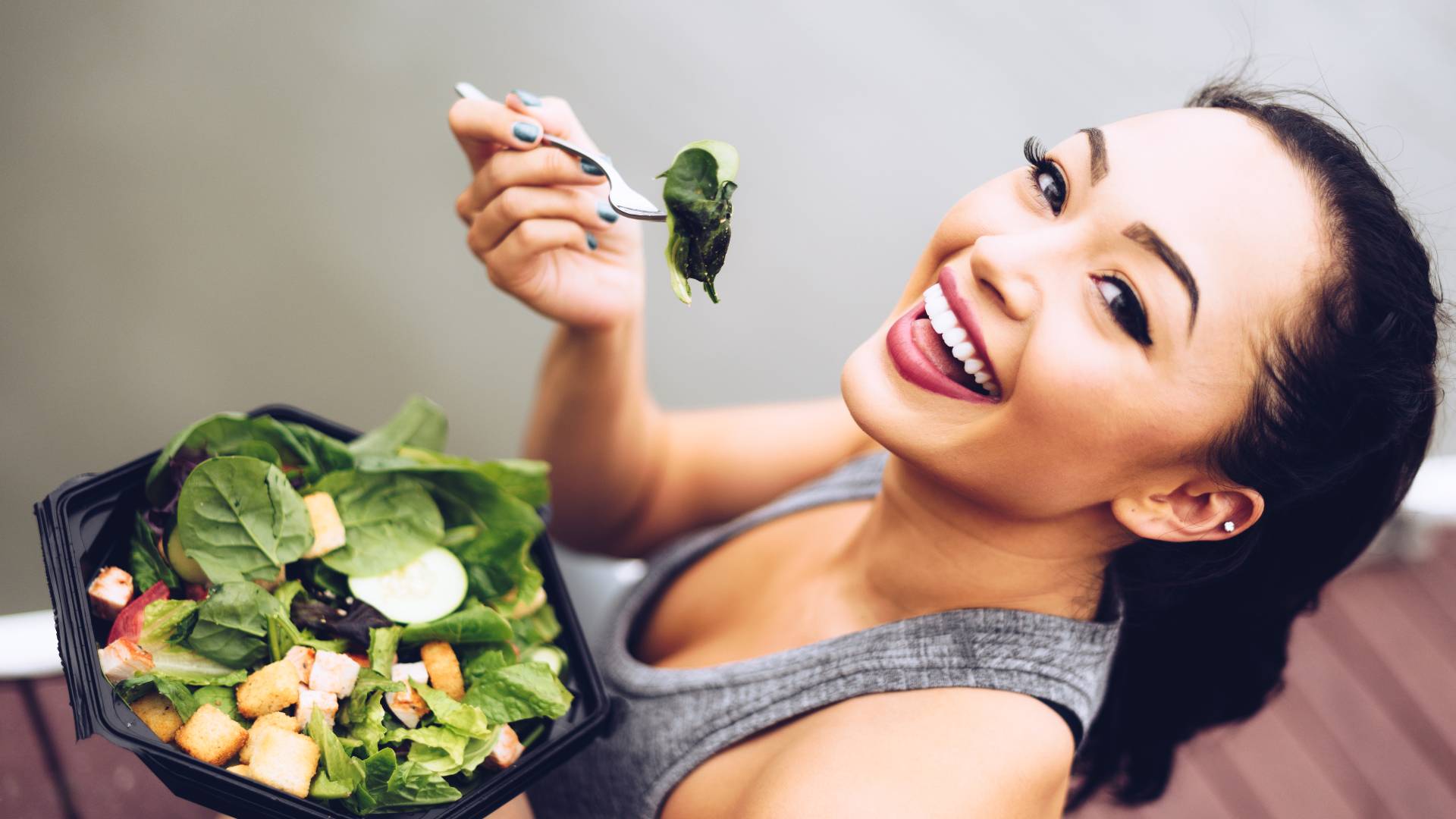As great as it is for our physical and mental health, some people just don’t love it no matter how hard they try. But can you really lose weight without it? The answer might surprise you.
“Exercise is essential for health, but it’s not essential for weight loss,” says Philadelphia-based weight-loss specialist Dr. Charlie Seltzer, MD. “If you’re picking one thing to change for weight loss, it should be what you eat.”
To lose weight, you need to consume fewer calories than your body burns to fuel basic functions such as breathing and digesting food, he explains.
While exercise burns calories and can increase muscle mass, which raises your basal metabolic rate (BMR), or calories burned at rest, it takes a lot of time and effort to make a difference.
What’s more, chances are you’ll subconsciously compensate for the extra energy spent by eating more or moving less after your sweat session, Dr. Seltzer says. In other words? If you want to create a calorie deficit, the most efficient approach is to eat fewer calories than your body naturally burns.
One way to do so is to estimate how many calories your body uses, then track your calorie intake to make sure you’re consuming less.
But not everybody can be a mathematician—or wants to be a calorie-counter. The good news? This level of precision isn’t always needed to make a difference on the scale.
“You can lose weight without hard-core dieting,” says nutritionist Keri Glassman, RD, founder and CEO of Nutritious Life. “The key is to look at changes you can make without really trying.”
Here are three things you can do to help you lose weight:
Eat veggies at breakfast
Because fruits and veggies contain more water than other food groups, they have more volume and fewer calories than just about anything else you can eat, says Glassman, who recommends accounting for non-starchy vegetables, in particular, at every meal—even your first one.
Add spinach to your morning smoothie, a tomato slice to your avocado toast, or mushrooms to your egg scramble to increase your vegetable intake, no problem.
Flip your ingredient ratios
Instead of eating a large serving of pasta with marinara sauce and some broccoli, flip the ratio so you end up with a large serving of broccoli dressed with pasta sauce and sprinkle some pasta on top, Glassman suggests.
“It’s not that you can’t have the pasta, it’s just that you’re more likely to overeat it,” she says. “Making veggies the focus of the dish will leave you filling fuller than a main made up of refined carbs.”
This trick works nicely for rice stirfrys—try cauliflower rice—and sandwiches, too. (Just opt for an open-faced hero or bagel, then pile it high with veg.)
Psychologically, there’s a perk to filling your meals with low-calorie vegetables, too: It enables you to sit down with a big ol’ plate of food while working toward your weight loss goals, says Dr. Seltzer.
Even if you end up eating as many calories as say, a large bag of potato chips, you’ll feel way more full since you’ll have eaten a larger volume of food—and hey, the stomach is only so big.
Be a breakfast, lunch, and dinner person
While breakfast can be divisive, lunch can be inconvenient, and dinner can be exhausting to prep, there’s a reason why Dr. Seltzer recommends three big meals a day.
“Knowing when you plan to eat keeps you from mindlessly grabbing a bite here and there every time you feel a bit hungry,” he says.
“Plus, you just feel more satisfied when you sit down to eat a large portion of food rather than 100 calories an hour all day, as can be the case with constant snacking.” continue reading





